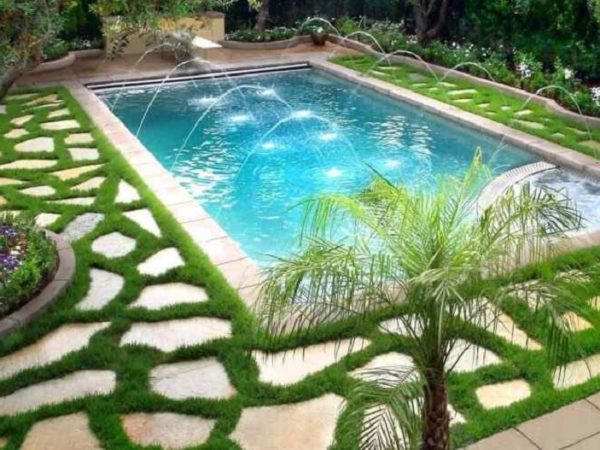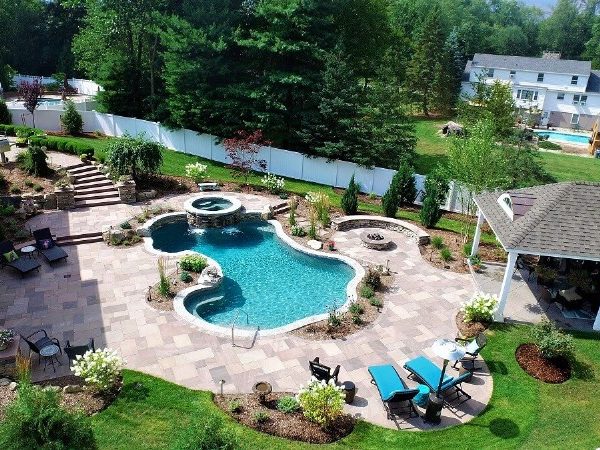Is installing a pool a major priority for you? Depending on matter where you are in the planning process, a swimming pool represents a considerable financial commitment. Options include above-ground or in-ground, concrete or fiberglass, tiled or painted with a lap or infinity edge.
Before making prudent financial judgments, one needs to perform research. Thus, should you consider adding an outside pool? Consider asking yourself the following questions to assist you in refining your search.
- Why have a pool initially?
As with any substantial renovation, you should first determine the advantages of installing a pool. They will significantly affect the size, depth, and possibly even architectural style of the form. Do you plan to use the pool for enjoyment or leisure? Are you using it to enhance vistas for your children, their friends, and yourself, or is it the focal focus of your garden?
The other decisions (and there will be many) will be simple to make if you have a clear understanding of your goals and desired outcomes. Before moving forward with your plans to make a pool, consider the most crucial factor, keeping in mind that Australian homeowners normally spend $50,000 to install a backyard pool. Can you utilize it efficiently enough to justify the cost?
- Can My site Take the Load?
When the ground is level, it is substantially simpler to construct swimming pools. Your construction expenses will increase if your lot slopes upward. Very rocky, sandy, or unstable soils, as well as elevated water levels, may impede construction. The area and size of your land will determine the shape, size, and design of the pool. In metropolitan areas, pool placement near property lines may be subject to stringent rules. Consider that the placement of your pool may be constrained by adjacent trees or other shade-providing structures.
- Its placement?
After choosing a pool, choose a location. When evaluating your local council’s building codes, consider site covering, pool fencing, and storm drains. The pool builder must contact the state’s Call Before You Dig program to locate power, gas, telephone, cable, and water utilities.
How to Choose a Pool Site:
- Sightlines: views of the river and surrounding scenery from within the residence. The addition of lights or water features makes it more appealing. Having a view of the pool from your home is essential, especially if you have children.
- Sun exposure: How effectively does the site get light to maintain the temperature of the water? Large trees may provide cover for the river and block sunlight.
- Exposure to wind: Wind-exposed water will chill and evaporate more rapidly. Create or construct screens for protection.
- The accessibility: How are guests able to enter and depart the pool in terms of accessibility? Where within the pool may one relax?
- The storage: Where do you “store” your filtration equipment, including pool cleaners, beach umbrellas, and other toys?
- Above or inground pool?
Whether to build an above- or below-ground pool is the first decision. Despite the high cost of excavation and soil removal, in-ground pools last longer than above-ground pools. If access is problematic, building an above-ground fiberglass pool with decking on a mountain may be cheaper, faster, and easier. Check local pool builders like pool builders dallas suggested by friends and family. Prefabricated steel or fiberglass above-ground pools with vinyl liners are the cheapest.
Renters who want to move the pool should choose self-assembly models. Basic models without filtration to larger ones with steps, sundeck, and lap-friendly filters are available. Most die young.




